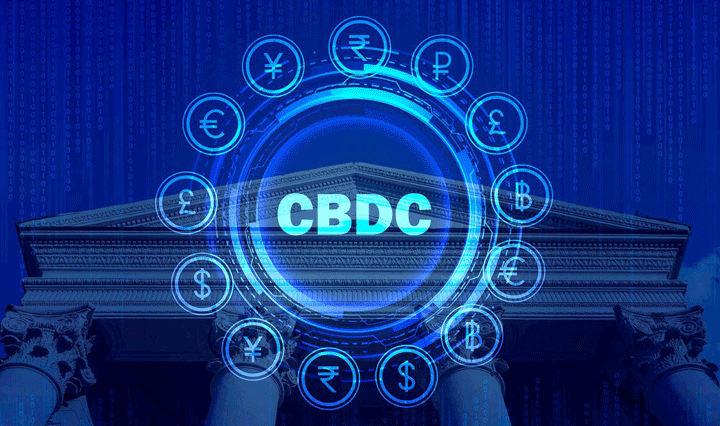Zettlekasten and food for thought served by technology
I have often been asked how I manage to find a new topic to write on every week. Truth be told, it is hard work. It helps that I read a lot on a wide range of diverse topics, and that I have worked at the intersection of law and society for over two decades. So there are a fair number of experiences I can draw upon to help place current legislative developments in a historical context. But even so, trying to find new perspectives to take and write about is hard work, and I wish there was a reliable technological solution I could use to help me do it.
Earlier this year, I, along with the rest of the world, was blown away by a new artificial intelligence (AI) system that seemed to have an almost human-like facility with the English language. It was called GPT-3 and was the latest iteration of the machine-learning language system developed by OpenAI that was capable of generating text so coherent that it was indistinguishable from human prose. So impressive was this technology that some of the early articles describing GPT-3 were written by the AI engine itself, and it was not until the end of the article, when readers were informed they had been reading the words of a machine, that it dawned on them that they had been reading computer-generated text.











